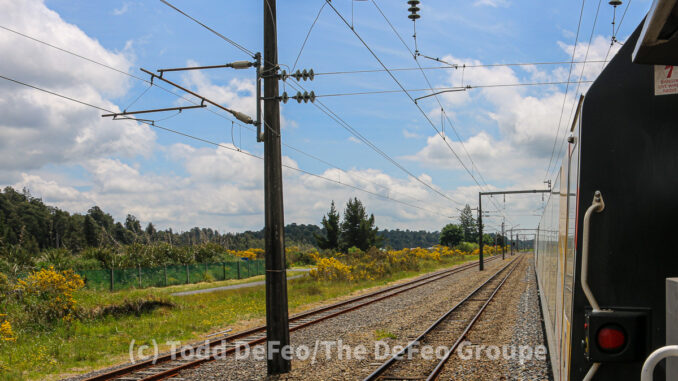
The three-foot, six-inch rail gauge likely originated for horse-drawn wagonways. It is called the Colonial Gauge in New Zealand, the Cape Gauge in South Africa, the Blekinge Gauge in Sweden, and kyōki in Japan.
Currently, roughly 70,000 miles, or 112,000 kilometers, of the gauge track globally are classified as narrow-gauge railways.
The Derby Canal Railway, or the Little Eaton Gangway, at Little Eaton in Derbyshire, was among the first railways to use the gauge, which measures 1,067 millimeters. The five-mile-long horse-drawn wagonway operated from 1795 until 1908. Other three-foot, six-inch gauge wagonways in England and Wales were built in the early 19th century.
In 1862, Carl Abraham Pihl, a Norwegian civil engineer and director of the Norwegian State Railways from 1865 until he died in 1897, built the Røros Line. It was Norway’s first intercity passenger railway to use the gauge.
This gauge became widely adopted in the British Empire from the mid-nineteenth century.
In 1873, the Cape Government Railways established it as the standard gauge in Africa. The gauge has since been adopted as the standard in New Zealand, South Africa, Indonesia, Japan, the Philippines, Taiwan, and Queensland, which has the second-largest narrow-gauge network in the world.

